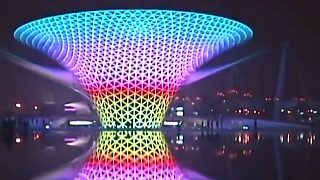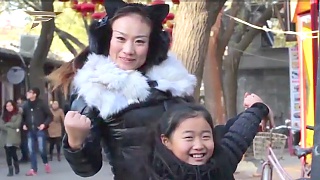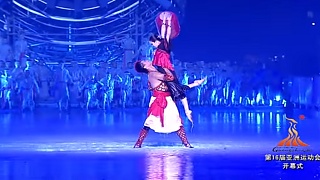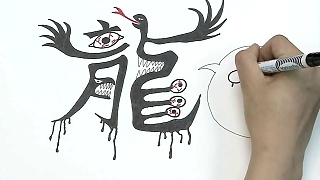A brief introduction to the Chinese Language Writing Chinese script developed from pictograms. Early pictograms were in use about 3,500 years ago. Originally these were something like the pictograms we are familiar with from the ancient Egyptians. Over the years these gradually changed from depictional to be increasingly abstract although in some cases the similarity of original pictogram and modern character can still be seen. Many characters are composed of two or more simpler characters. Some words are composed of two or more characters. The meaning of such words of more than one character may be based on the combined meanings or the combined sounds. To be reasonably proficient one would need to know about 2,000 characters although there are many many more. On the mainland of China, the characters exist in a 'simplified' form, though perhaps do not look so to the western eye! The order that the strokes of a character are written is important. One starts at the top and then left to right as one works one's way down. When writing with speed, cursive styles are possible. Historically, this behaviour will have contributed to the evolution of characters. Cursive styles are also sometimes used in Chinese calligraphy, which is an important art-form in Chinese culture. What we call Chinese script is not the only script still used, but is the official common language (along with Mandarin for spoken Chinese). There are also Tibetan, Manchurian and Mongolian scripts. The Tibetan script, because of geographic location, resembles Indian and Arabic scripts. Pin-Yin, an alphabet-based phonetic rendition of spoken Chinese is learned by young schoolchildren as an aid to pronunciation, just as it is for the foreigner learning Chinese. Pin-Yin enables non Chinese speakers to get a rough idea of the sound of Chinese and also allows words to be more easily recognised and remembered by westerners. Hence, place names are usually marked in Pin-Yin as well as traditional Chinese script. Note that older Chinese people cannot read Pin-Yin. Spoken Chinese The official spoken language of China is called Mandarin and is based on the dialect native to Beijing. Mandarin is a tonal language with four tones: flat, rising, falling and falling then rising. Ideally, Pin-Yin would be written with accents to indicate the tones but seldom is. For example, the sound 'ba' means 'eight' if said with a flat tone but 'father' if spoken with a rising tone.
Related Videos
Featured Videos

|
Various views of the buildings and light shows ...
|

|
In the heart of old Beijing, a variety of young women describe their threads ...
|

|
The famous karst peaks of GuangXi province.
Countryside views ...
YuLong River bamboo rafting ...
Li River cruise ...
|

|
A stunning performance from the Opening Gala of the Asian Games 2010 in GuangZhou.
GuangZhou has been a major port for over 1,000 years and gateway to the Silk Road of the Sea.
|

|
With Reporterfy Media & Travel ...
|

|
Divide and rule. Distract and rule.
With RT America ...
Bonus film - on the World Bank and IMF - The Moderate Rebels with Michael Hudson ...
|

|
With Middle Kingdom Productions ...
|
 The Chinese Language
The Chinese Language





![Fun teacher . . . [videogallery type=playlist id=PLneZiE_zP2-wKOn0bDZ1p5VEph5GvHbl7 c=3 num=50] Beginners' Chinese language](https://img.youtube.com/vi/gX3xCsoTbDs/mqdefault.jpg)


![How to pronounce the four tones and speak PinYin correctly. With Qing Xia . . . [videogallery type=playlist id=PLn996NprGoEI-rbWdpRlX-yuZoQ5ERZl2 columns=2] Learn to speak Chinese from zero](https://www.beijingbuzzz.com/b101.jpg)

